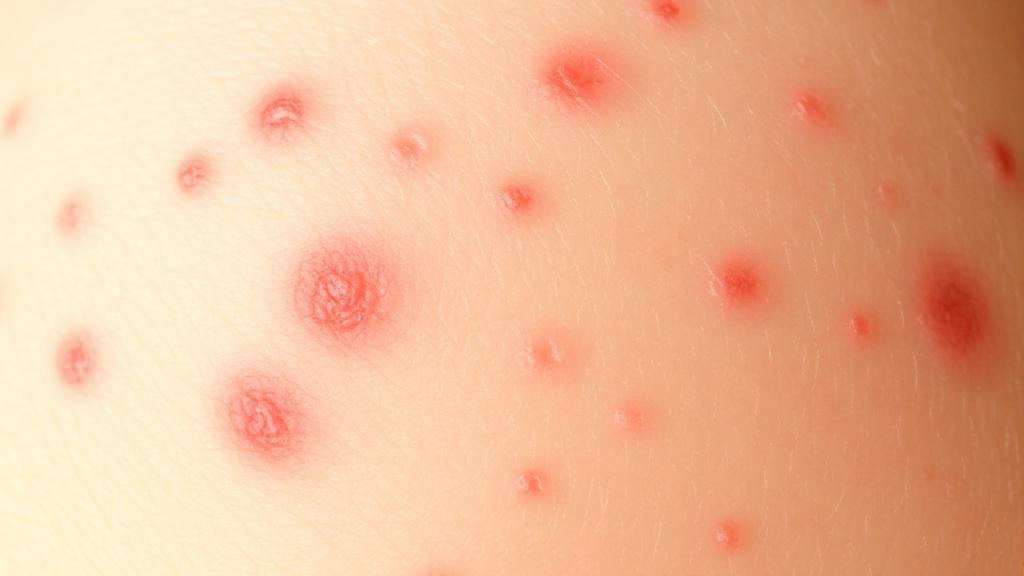What is Dermatographia?
Dermatographia, also known as "skin writing" or "skin writing disease," is a condition where the skin becomes raised and inflamed when scratched or rubbed. This condition affects approximately 2-5% of the population worldwide and is a form of physical urticaria (hives that appear due to physical stimuli). For those affected, even minor pressure or friction can lead to noticeable welts or lines on the skin.
Symptoms and Characteristics
The primary symptom of dermatographia is the appearance of raised, red lines or welts on the skin after it is scratched or rubbed. These marks typically appear within minutes of contact and can last anywhere from 30 minutes to several hours. Common symptoms include:
- Redness: The affected area may become red and inflamed
- Itching: The welts can be itchy, causing discomfort
- Swelling: The skin may swell in the affected areas
Causes and Contributing Factors
Immune System Response
Dermatographia occurs when mast cells in the skin release histamine and other chemicals under the surface of the skin. While the exact cause is not fully understood, it is believed to be related to an overactive immune response. This response can be triggered by:
- Recent viral infections
- New medications
- Changes in immune system function
- Stress-related factors
Genetic and Environmental Factors
- Genetic predisposition
- Temperature changes (extreme hot or cold)
- Dry weather conditions
- High humidity levels
- Exposure to allergens
Physical Triggers
- Tight clothing
- Pressure from watch bands or jewelry
- Scratching or rubbing the skin
- Hot showers
- Extreme temperatures
Medication-Related Triggers
- Penicillin
- NSAIDs
- Some blood pressure medications
- Certain antibiotics
Managing Dermatographia
"The key to managing dermatographia is identifying and avoiding personal triggers while maintaining proper skin care routines." - American Academy of Dermatology
Daily Skin Care Routine
Treatment Options
- Antihistamines: Over-the-counter antihistamines can help reduce the release of histamines
- Corticosteroids: Can help reduce inflammation and swelling
- Cold compresses: Help reduce itching and swelling
- Natural remedies:
- Aloe vera gel
- Coconut oil
- Oatmeal baths
Prevention Strategies
- Stay hydrated
- Avoid harsh soaps
- Keep skin moisturized
- Maintain consistent room temperature
- Use a humidifier in dry weather
- Choose breathable fabrics
- Keep living spaces dust-free
When to Seek Medical Help
Consider consulting a dermatologist if:
- Symptoms persist despite over-the-counter treatments
- The condition significantly impacts daily life
- Other concerning symptoms develop
- The condition appears suddenly with severe symptoms
For more detailed information, consider visiting resources like the American Academy of Dermatology, Mayo Clinic, or the American Academy of Allergy, Asthma, and Immunology.
While dermatographia affects each person differently, understanding potential triggers and maintaining proper skin care can help manage the condition effectively. Working with healthcare professionals to develop a personalized management plan is often the most effective approach to controlling this condition.
